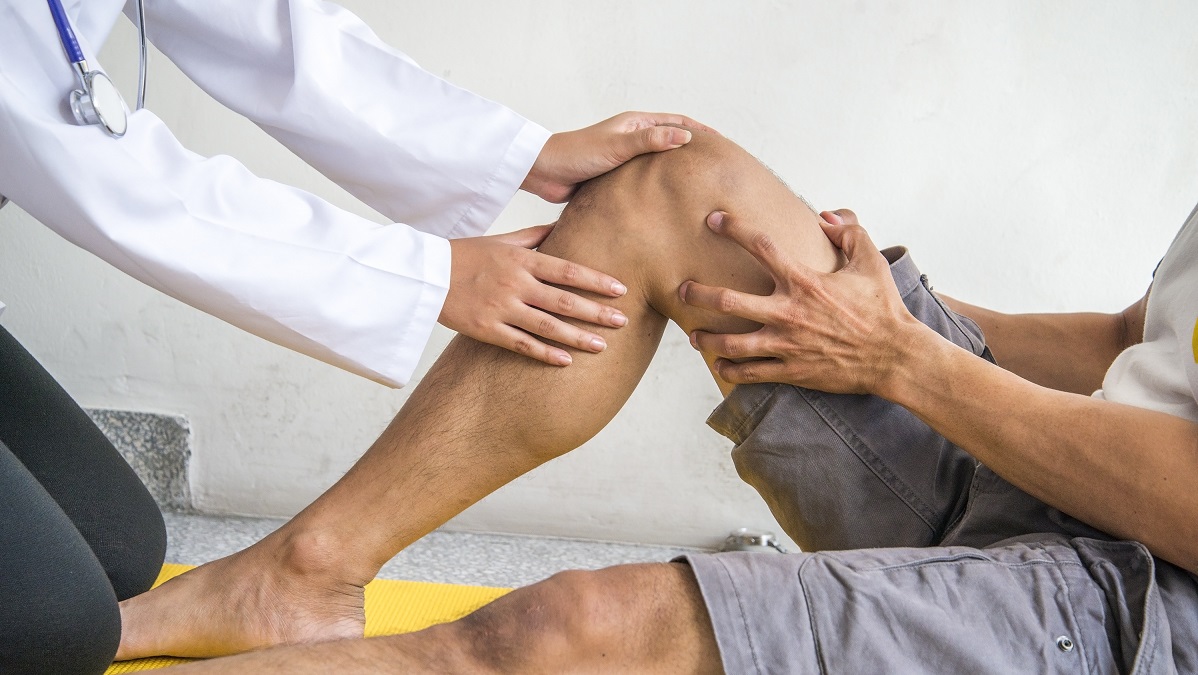Australia is considered to have some of the highest quality healthcare in the world, a reputation generally well-deserved. But a new report highlightssome areas in which we lag behind other countries, including post-surgery outcomes. Particularly concerning is Australia’s incidence of deep vein thrombosis (DVT) and pulmonary embolism (PE) after knee and hip replacements.
The OECD report also reveals that Australians are the most likely to skip medical appointments because of cost. The report also found that:
- Australia recorded the highest percentage of diabetic patients prescribed cholesterol-lowering medication
- Australia had the lowest rate of long-term benzodiazepine users (1.9 per 1000 patients aged 65 or older)
- Australia had the highest total volume of antibiotics prescribed for systemic use.
DVT concerns after hip and knee replacements
Many older Australians face the prospect of hip or knee replacements. While all surgery comes with a risk, most Australians would expect to have as good an outcome as – if not better than – other similar nations when it comes to these major joint surgeries.
But the OECD stats tell us otherwise. The latest available data (from 2020) shows that for every Australian 100,000 hospital discharges after hip or knee replacements, 635 patients will suffer DVT. As a percentage (0.6) this seems low but the OECD average is much lower – 163 per 100,000. Furthermore, Australia’s average DVT rate was higher than all other OECD countries included in the report.
The data for pulmonary embolism (a blood clot causing a blockage in a lung artery) tells a similarly concerning tale. Australia records 556 instances of PE per 100,000 discharges, well above the OECD average of 366. Only New Zealand (1702 cases per 100,000) ranks worse.
Why are Australia’s numbers so bad?
Given this country’s reputation for high quality healthcare, that’s a fair question to ask. But it is Australia’s high quality healthcare that may provide the answer to it. Part of that quality care includes patient safety monitoring.
According to the report, evidence indicates Australia is a country that has a more developed patient safety monitoring system. This in turn may lead to a higher reportage of episodes of DVT and PE. In other words, the rates of DVT and PE might not be higher than those of other nations, but advanced monitoring means that more cases are reported.
Reporting of such adverse events is also complicated by other factors in some countries. The report notes that “in Australia, there is a lack of financial disincentives connected to the reporting of adverse events”. The inference that can be drawn from this is that other countries may be inclined to underreport adverse events for fear of funding withdrawal.
So the reported Australian figures may in fact be presenting two sides of the same coin, with some other countries presenting only one side.
What else does the report say about Australian health?
The fact that Australians have a high rate of non-attendance at medical appointments due to cost is a concern. What is even more concerning is that women are more likely than men to do so.
In Australia, 14 per cent of people aged 16 and over skipped a consultation due to costs in 2021. For males, the figure was 13 per cent but for females it was 16 per cent. This could be yet another indicator of the gender pay gap.
Australia’s 14 per cent figure was almost twice the OECD average of 7.8 per cent.
Australia’s health system is itself pretty healthy. However, the OECD report’s findings, particularly those around DVT, would suggest further improvement is possible and a desirable aim.
Have you had a knee or hip replacement? Have you avoided or cancelled a medical appointment due to cost concerns? Let us know via the comments section below.
Also read: New shingles vaccine free for older Aussies from tomorrow
Health disclaimer: This article contains general information about health issues and is not advice. For health advice, consult your medical practitioner.


I got DVT and PE while in hospital after back surgery. No-one noticed that my ankle was swollen, except me. There was little nursing care in this private hospital due to the nurses spending most of their time in the hallway behind computers. Heavens knows what they had to write about as very little nursing care was done. One nurse told me that due to this bureaucracy he was no longer able to do his job.
In another private hospital, the nurse came into my room with a paper chart to update. I received a smile, comfort and was able to ask questions or for help. What a difference!
WHAT HIGH QUALITY HEALTH CARE?, our public health “system” is a mess.
And what it needs is what those in Government refuse to improve on.
that is MORE( experienced) nurses and doctors oh and surgeons.